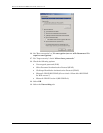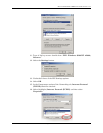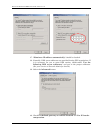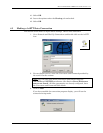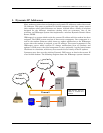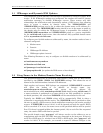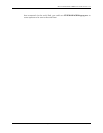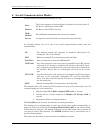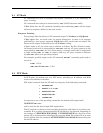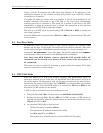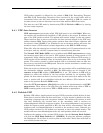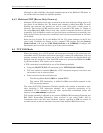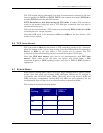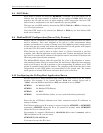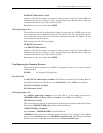
Raven and PinPoint CDMA User Guide Version 1.12
AirLink Communications, Inc. Page 28 March 24, 2004
6 Serial Communication Modes
In this section the following terminology is used:
Host:
This is the computer or terminal that is attached to the serial port of
the Raven. Also known as the DTE.
Modem:
The Raven. The DCE to the host.
OEM
Modem:
The embedded communications transceiver module.
Server:
A computer to which a Raven is communicating wirelessly.
An AirLink modem can be in one of six serial communication modes with the
attached Host:
AT:
The modem accepts and responds to standard, Hayes-style AT
commands. This is the default.
PPP:
Modem is using PPP to communicate with the Host.
PassThru:
Direct connection to internal OEM Module.
UDP PAD:
Any data received on the serial port is assembled into UDP packets
and send to the session’s associated IP and Port (described later).
Any responses received from the associated IP and port destined for
the modem’s Device Port are unwrapped and sent out the serial
port.
TCP PAD:
Any data received on the serial port is packaged into TCP messages
and sent to the associated connection’s IP and Port (described
later). Any data received from the TCP peer is unwrapped and sent
out the serial port.
SLIP:
Modem is using SLIP to communicate with the Host.
The default mode is AT command. If the modem is in any of the other modes, the AT
command mode can be re-entered by:
• Deactivating DTR (if &D2 or Ignore DTR, S211, is not set)
• Issuing the +++ escape sequence (if Disable AT Escape, DAE, is
not set)
• Resetting or Power cycling the modem.
The PassThru mode can only be exited by resetting the modem
The modem can be programmed to enter one of the other modes automatically on
power up. This is done setting the Startup Mode Default (MD) to the desired mode.
If this setting is non-zero, the modem will enter the specified mode after 5 seconds. If
you want to cancel this behavior, the ATMD0 command can be used before the 5-
second timeout expires.
The modes are described in more detail in the following sections.



